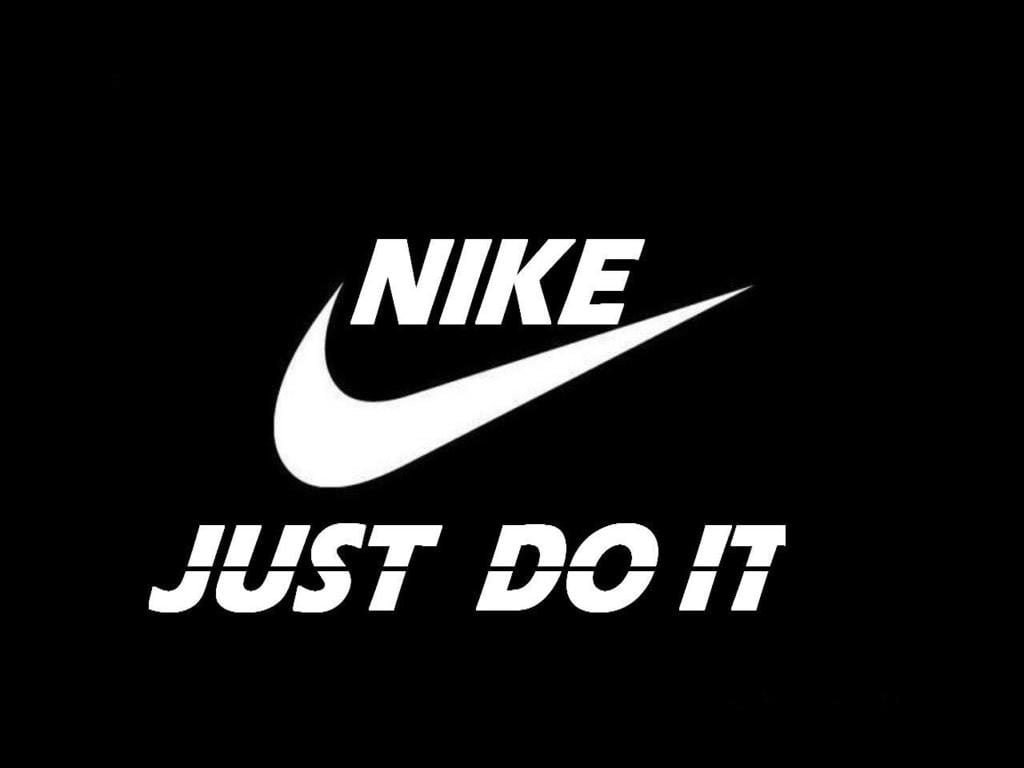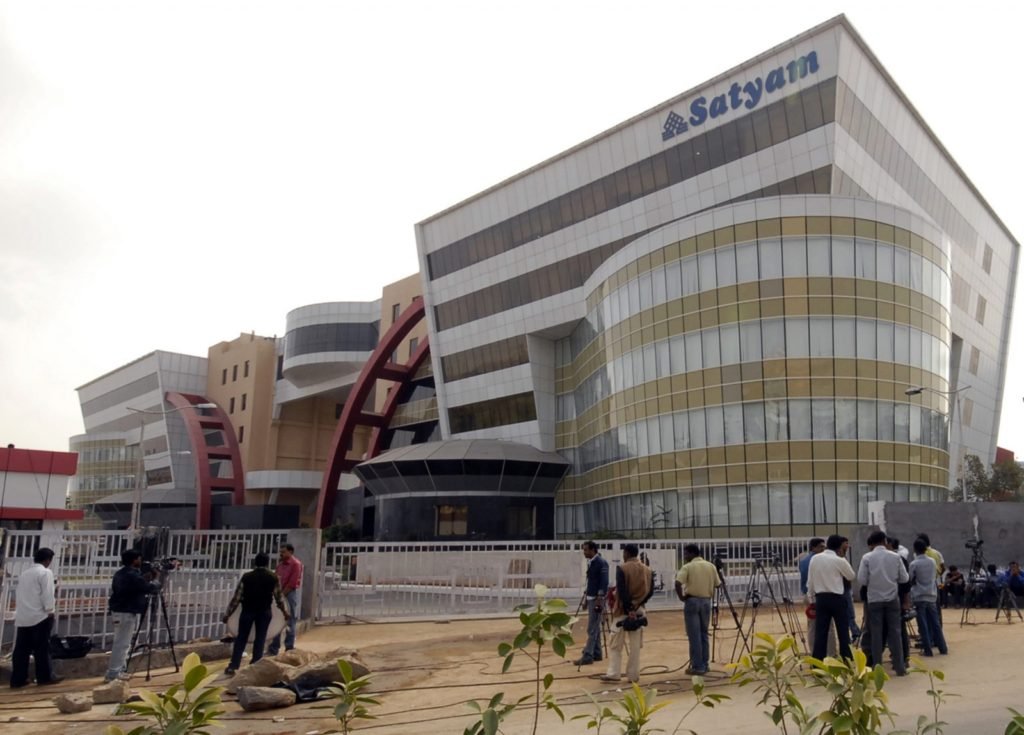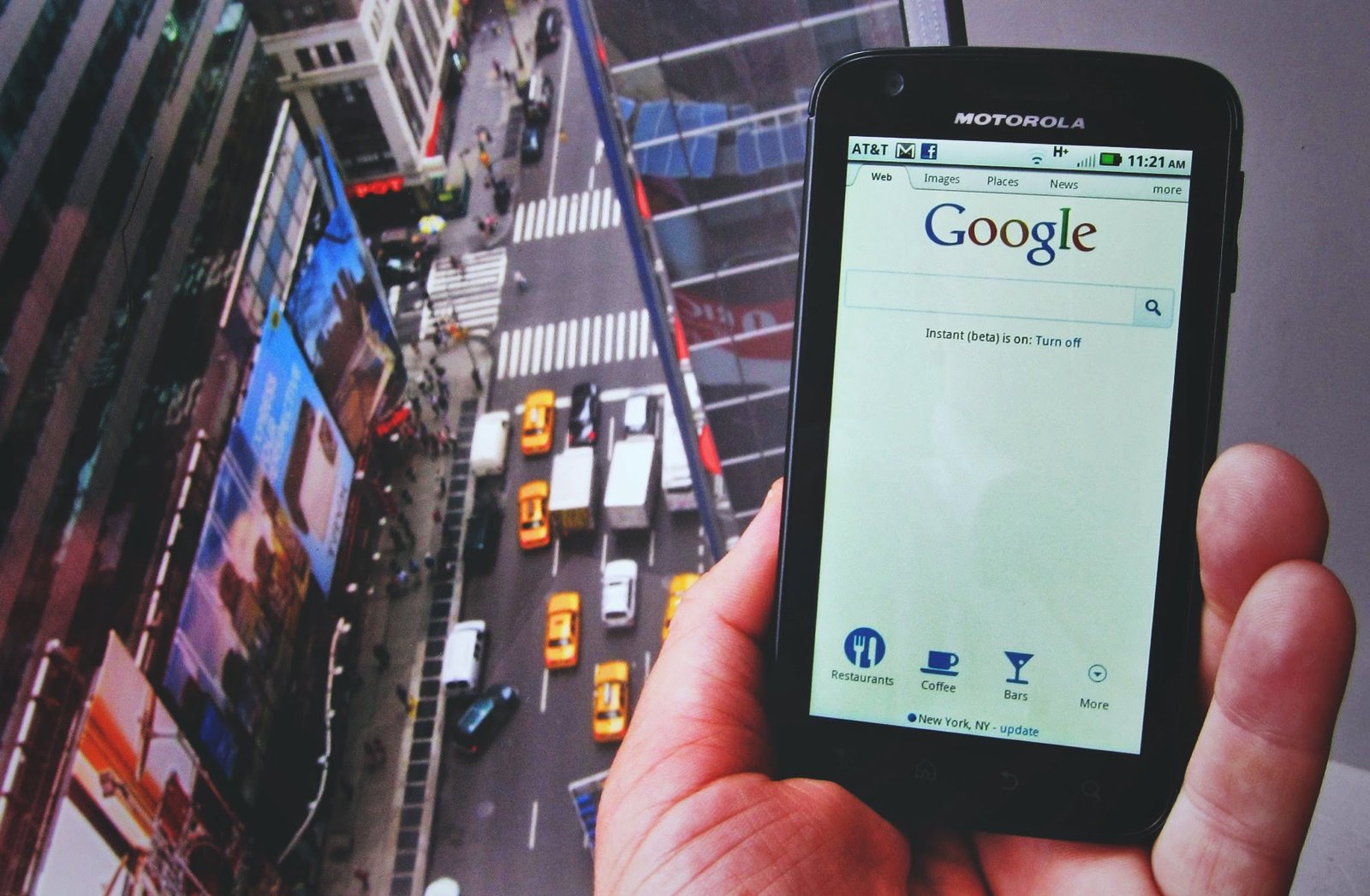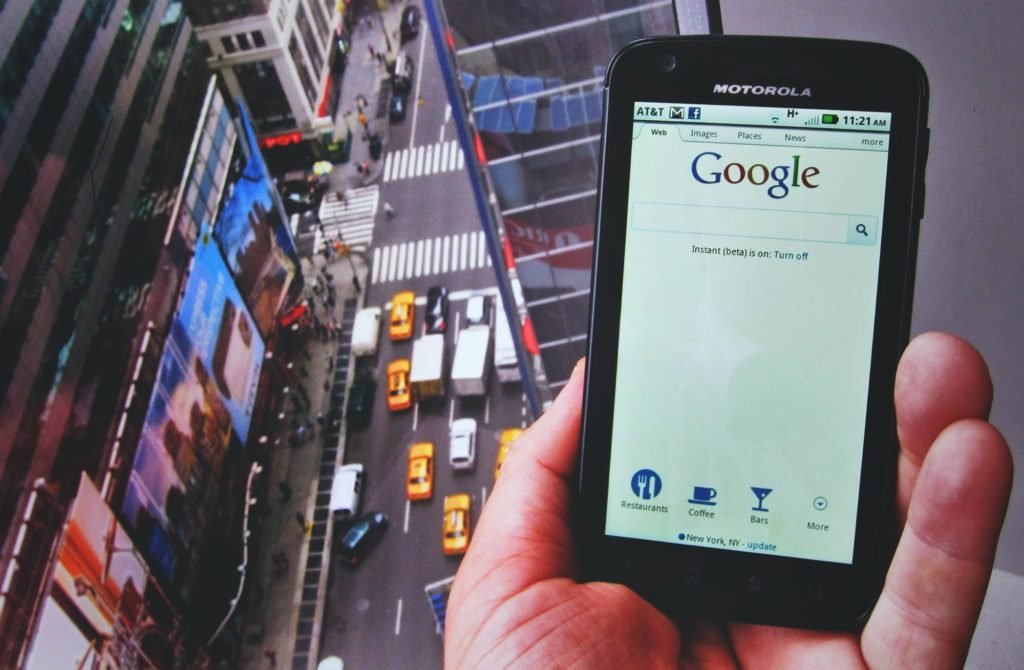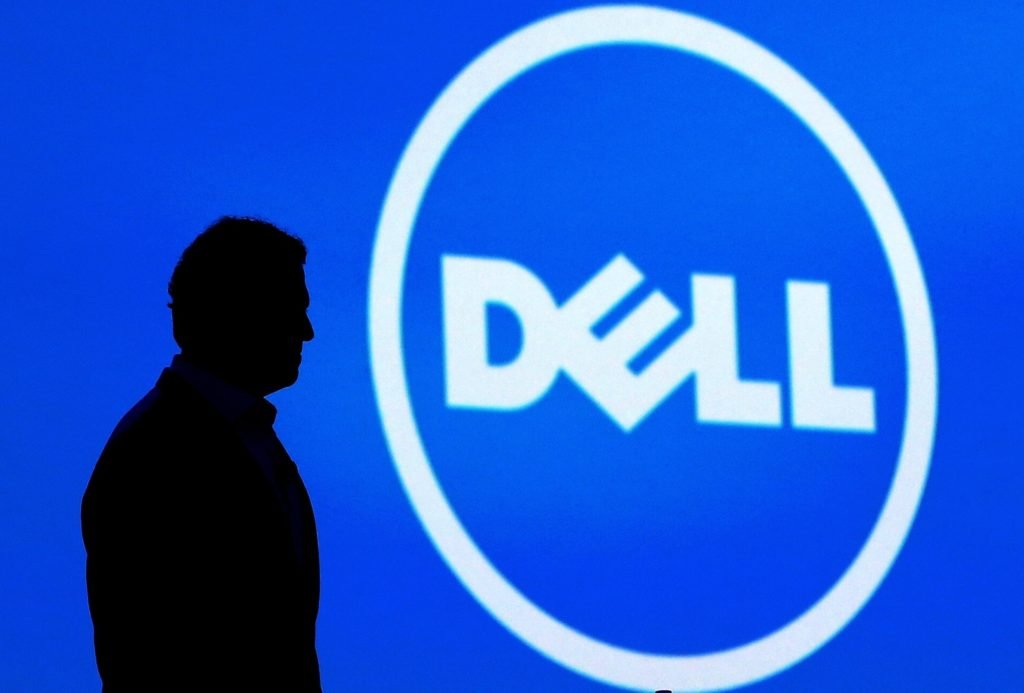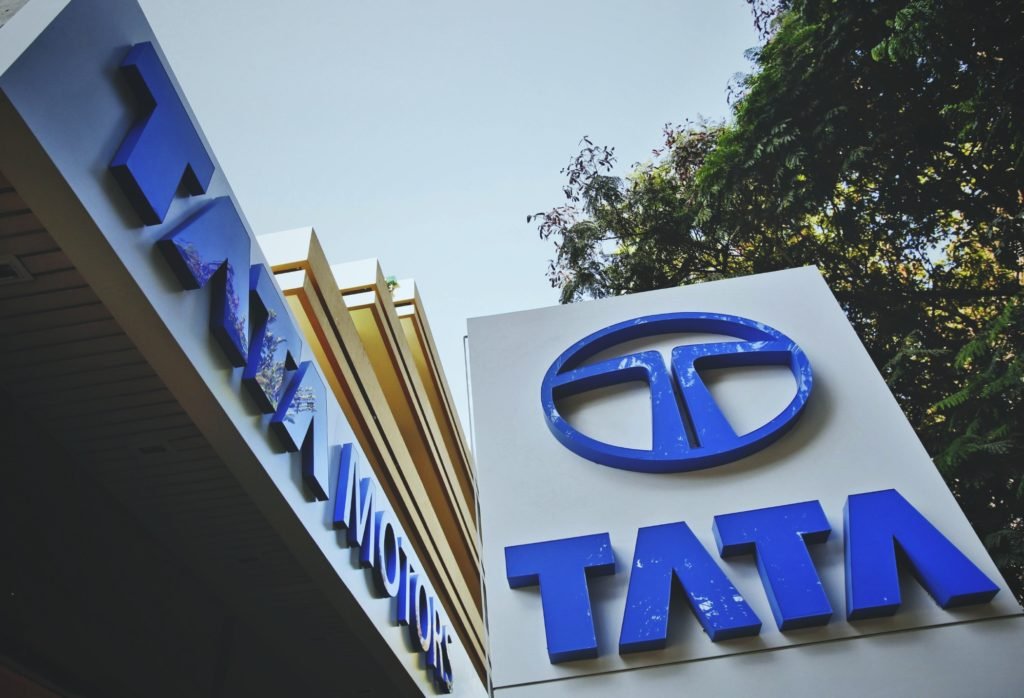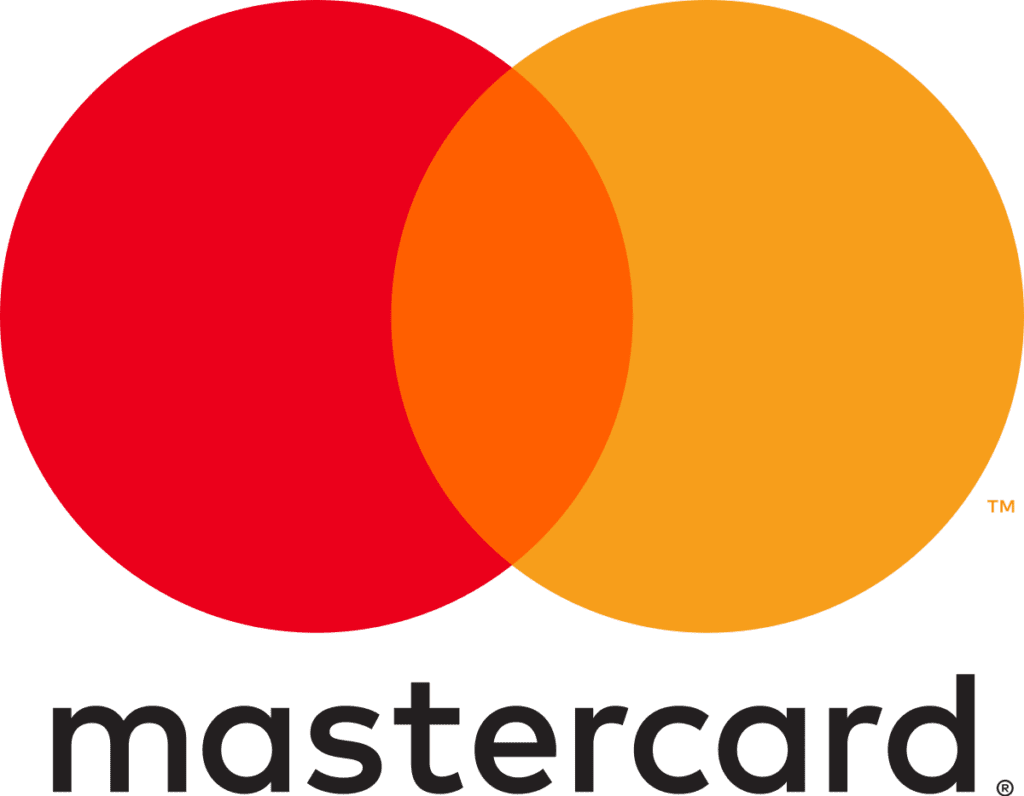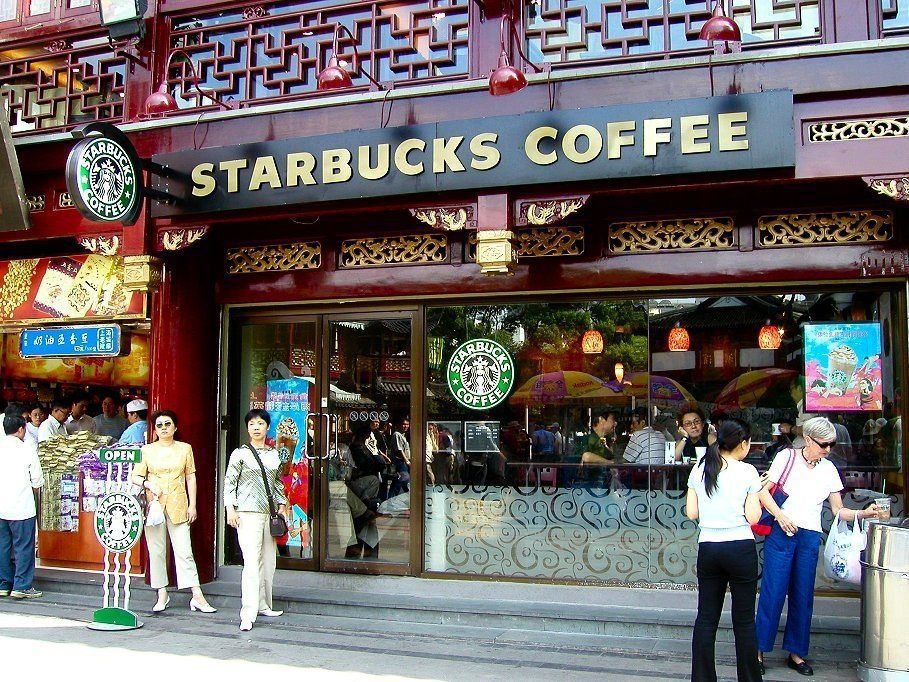Nike Brand Image Case Study; Nike, Inc. is an American multinational corporation that engages in the design, development, manufacturing, and worldwide marketing and sales of footwear, apparel, equipment, accessories, and services. The company headquarters is near Beaverton, Oregon, in the Portland metropolitan area. It is the world’s largest supplier of athletic shoes and apparel and a major manufacturer of sports equipment, with revenue over US$24.1 billion in its fiscal year 2012 (ending May 31, 2012). As of 2012, it employed more than 44,000 people worldwide. In 2014 the brand alone was valued at $19 billion, making it the most valuable brand among sports businesses. As of 2017, the Nike brand image value at $29.6 billion. Also learn, a Case Study on the Marketing Strategy of IBM!
Case Study on Nike Creating a Global Brand Image!
The company was founded on January 25, 1964, as Blue Ribbon Sports, by Bill Bowerman and Phil Knight, and officially became Nike, Inc. on May 30, 1971. The company takes its name from Nike, the Greek goddess of victory. Nike markets its products under its brand, as well as Nike Golf, Nike Pro, Nike+, Air Jordan, Nike Blazers, Air Force 1, Nike Dunk, Air Max, Foamposite, Nike Skateboarding, and subsidiaries including Brand Jordan, Hurley International, and Converse. Nike also owned Bauer Hockey (later renamed Nike Bauer) from 1995 and 2008, and previously owned Cole Haan and Umbro. In addition to manufacturing sportswear and equipment, the company operates retail stores under the Niketown name. Nike sponsors many high-profile athletes and sports teams around the world, with the highly recognized trademarks of “Just Do It” and the Swoosh logo.
Nike Brand Image History!
The idea of Nike began way back in the 1950s. A track coach by the name of Bill Bowerman was at the University of Oregon training his team. Bill was always looking for a competitive edge for his runners, like most of us today look for any advantage we can get. He said he tried using different shoes for his runners as well as trying other things to try and make his athletes better. He tried to contact the shoe manufacturers in an attempt to try out his ideas for running shoes. This however failed.
1955;
In 1955 a track runner by the name of Phil Knight enrolled at Oregon. He was on the track team under Bill, Phil graduated from Oregon and acquired his MBA from Stanford University.
Phil went on to write a paper that talked about how quality shoes could makeover in Japan and they would be cheaper. He called a company in Japan and became a distributor of Tiger shoes in the United States of America. He sent some pairs of shoes to his old track coach trying to get Bill to buy the shoes. Instead of buying these shoes, Bill offered Phil a partnership to create better running shoes.
1964;
In 1964 Bill and Phil shook hands and formed Blue Ribbon Sports. The companies’ first move was to order three hundred pairs of shoes from the company in Japan. While Bill examined these shoes and tried to make them better Phil was outselling the shoes.
Bill had his track team at Oregon try out his new creations. This became the foundation of Nike. Because Bill and Phil still had full-time jobs, they hired Jeff Johnson as their first full-time employee. Jeff soon became an invaluable utility man for the company.
1971;
In 1971 Jeff created brochures, marketing materials and even shot photos for a catalog. The very first Blue Ribbon store was opened by Jeff. Meanwhile, the relationship between Blue Ribbon and the company from Japan was starting to deteriorate. Bill and Phil made the jump to manufacturing and designing their footwear. The trademarks swoosh which was introduced at this time.
The Nike line of footwear was unveiled in 1972, during the U.S. Track and Field Trials. One pair of shoes had a huge impression on a dozen multiple runners that wore the new shoes. These shoes incorporated a new style of soles that had nubs on them that resembled the ridges of a waffle iron. These shoes were also a lot less heavy than most running shoes at the time.
With the new image, Nike started looking for athletes to wear, promote and elevate the new shoes. The first athlete they found was Steve Prefontaine. Prefontaine never lost a race that was over a mile in distance in his college career between 1969 and 1973. Prefontaine challenged Bill, Phil, and their new company to stretch their talents. In turn, Prefontaine became an ambassador for Blur Ribbon Sports and Nike.
1975;
In 1975 Prefontaine died at the age of 24, but his spirit still lives on within Nike. Prefontaine became the “soul of Nike”. When 1980 hit Nike entered the stock market and became a publicly-traded company. Once this happened many of the people that started the company moved on with their lives. This included Phil Knight who resigned from his president spot for over a year. In the mid-1980s Nike started to slip from the top of its industry. This started to change when Michael Jordan released a new shoe through Nike. When this happened Nike’s bottom line got a boost.
1988;
In 1988 the slogan that we all know today “Just do it” was introduced as a way for Nike to build on its momentum from their “Revolution” campaign. The Just do it campaign included three advertisements in which a young athlete by the name of Bo Jackson was involved. By the end of the decade, Nike was at the top of their industry once again. The ’90s brought a series of outreach for Nike. At this point, Nike deepened their commitment to other sports such as soccer and golf. In 1995 Nike signed the whole World Cup-winning Brazilian National Team. This also allowed Nike to create jerseys for the team.
Nike also landed contracts with both the men’s and women’s teams for the United States. The biggest thing that Nike existed criticized for was when they signed a young golfer by the name of Eldrick “Tiger” Woods for the huge deal. All of the competition said this was a dumb idea till Tiger won the 1997 Masters by a record 12 strokes.
2000;
In 2000 a new shoe existed introduced. This shoe went by the name of the Nike Shox. This shoe combined more than 15 years of dedication and perseverance. Nike is still the industry leader in its markets and continues to grow more and more each year around the world. This company will have much more to offer in the future.
Brand Equity!
Having and holding customers is likely to be a competitive battle which each brand tries all efforts to win. They compete for functional attributes, distinctive services, or innovative technologies. So what are the emotional and functional benefits which Nike provides for their customers?
Since Nike stood set up by someone who has a deep passion for athletics and running; it should come as no surprise that the product is important. Products that are comfortable, authentic, functionally innovative, and uniquely designed. The innovative technology considers as one of the defining dimensions of Nike’s brand identity and corporate culture.
The simple driving concept has led to some impressive innovations; which consider as one of the defining dimensions of Nike’s brand identity and corporate culture. The first highlight was Air cushioning, using pressurized gas to cushion impact and new materials such as Urethane; which existed used first with the Air Max running shoes.
More recently, to obtain maximum performance, Nike Sports Research laboratory has discovered innovative technology such as Shox; which make most of rubber and spring back adding more power to a runner’s stride, and Total 90 Concept, a range of equipment to help players perform over 90 minutes of a soccer match. Such innovative technology which Nike has used has gained a stronghold in consumers’ perceptions.
The functional benefit is the fundamental and classical features to communicate with customers. However, if Nike just provided high-quality running shoes to enhance athletic performance, Nike would not be a strong brand. Big brands need to be beyond purely functional relationships. They should create a more strong emotional attachment with core consumers because emotional benefits add richness and depth to the brand and the experience of owning and using the brand.
Offers;
Nike offers emotional benefits which are “the exhilaration of athletic performance excellence; feeling engaged, active, and healthy; exhilaration from admiring professional and college athletes as they perform wearing “your brand” – when they win, you win too”.
The associated brand with the top athletes, Nike tells the story of brands whose main themes are sportsmanship and unrelenting effort. These are the story of Michael Jordan who won a record 10th scoring title and existed selected as one of the 50 Greatest Players in American’s National basketball association championship. Lance Armstrong survived and won a second straight Tour de France while Tiger Woods completed the career Grand Slam, ensuring his place in golf history at the age where most of us are still wondering what we will do when we grow up.
The most three prominent athletes have generated inspiration for the young and next generation of athletes. Nike has succeeded to transfer their inspirations to every single purchaser. Wearing every pair of Nike shoes is to engage a passion for excellence and encourage you to do your own thing. “Just do it” – the tagline could sum up all the greatest values of the brand which is.
“Just Do It” Campaign!
Products are no longer just products, they move beyond the functional meanings. Nowadays, they are social tools serving as a means of communication between the individual and his significant references. Product considers as a symbol of individuality and uniqueness, and also the symbol of affiliation and social identification. It’s particularly true with fashion brands. Fashion brands such as clothes, bags, shoes, etc satisfy opposing functions, both social identification, and distinction among individuals.
Nike must have understood the recipe well. The “Just Do It” campaign in the early 1990s would be a perfect example. Losing ground to archival Reebok which was the quick initiative on designing “style”, “fashion” aerobics shoes in the 1980s, Nike responded dramatically and forcefully by launching the “Just do it” campaign which was mainly focused on the person wearing on products instead of the product itself.
Sales;
Purchasing an athlete-endorsed product is one means of symbolically and publicly demonstrating aspirations to be a part of the group and such behaviors direct influence by the extent to which a fan identifies with an athlete endorser. Heroes and hero-worship were being built as the main themes of advertising. Celebrity endorsements such as Bo Jackson, John McEnroe, and Michael Jordon appealed to the consumer’s sense of belonging and “hipness”.
In other words, American consumers were convinced that wearing for every part of their life was smart (the shoe design for comfort) and hip (everyone else is wearing them; you too can belong to this group). “Just Do It” campaign succeeded (Nike increased its share of the domestic sports shoe business after launching this campaign in America from 18 percent to 43 percent, regained the leader position) because it could fascinate customers in both separating ways. Wearing Nike as a self-fulfilling image declaration – “if you are hip, you are probably wearing Nike”. But perhaps most importantly, it could create the desirable needs -“if you want to be hip, wear Nike”.
Brand Loyalty!
Luring by the good shoe with innovative functionality and athletic aspiration value, Nike has indeed come to the mind and heart of its customers. By the mid of the 1990s, 77 percent of male Americans from the age of 18 to 25 chose Nike as their favorite shoe. The figure remains stable despite that “up” and “down” year Nike has been experiencing, gaining the high score of customer satisfaction at 79 percent rated by The American Customer Satisfaction Index Organization.
It could say that loyalty to the Nike brand image stands driven by many external and internal factors such as brands’ subjective and objective characteristics and loyalty-building programs. One visible example of creating an innovative method to capture the strong relationships with Nike users is that creating Joga.com, a social network site for football fans.
Launching quietly in early 2006, the site became an instant hit, peaking at 7.5 million viewers when Nike showed Ronaldinho video clips. More than 1 million members from 140 countries signed up by mid-July. On this site, fans can create their blogs, build communities around favorite teams or players, download videos and organize pickup games. By enrolling consumers in building and shaping the content of the website, Nike pulled their loyal customers closer, nurtured deeper bonds of loyalty and advocacy.
Brand Awareness!
Brand awareness is the first and crucial stage of a consumer’s preference. It refers to the strength of a brand’s presence in the consumers’ minds. Nike has been successful in building awareness. The “Swoosh” symbol has been appeared everywhere, on shoes, hats, billboards, and soccer balls across the globe too remarkably to such extent that one author used the title “The Swooshification of the World” on Sports Illustrated column that imaged a future in which the swoosh could surpass sports to become a letter of the alphabet and the new presidential seal, among other things. True told the recognition of the ‘swoosh’ is extremely high.
As of 2000, 97 percent of American citizens recognized the brand logo, as the strong brand penetration. Nike could recognize consistently without the identification of the brand name, even by the youngest group (aged from 4 to 6 years old). This perhaps may reflect the general level of advertising and promotion that children expose to.
How has Nike done to build brand image awareness?
Sponsorships, advertising, and experience-focused retailing (Nike town) are three vivid channels that Nike has applied to enhance its brand image and awareness. Among these strategies, athlete endorsements could consider as the most significant success of the Nike brand image.
Nike has been invested millions of dollars to associate their brand names with easily recognizable athletes with the aim of brand image building. Athletes at the top of their respective sport such as Micheal Jordan, Tiger Woods, and Lance Armstrong who are well-liked and respected by members of the brand’s target audience chose as endorsers to associate the Nike brand image with the athlete’s celebrity image. This strategy has been paid off; for example, since Tiger Woods and Nike cooperated, annual sales for Nike Golf have exceeded nearly 500 million dollars with an estimated 24 percent growth per year in the first five years of the agreement.
